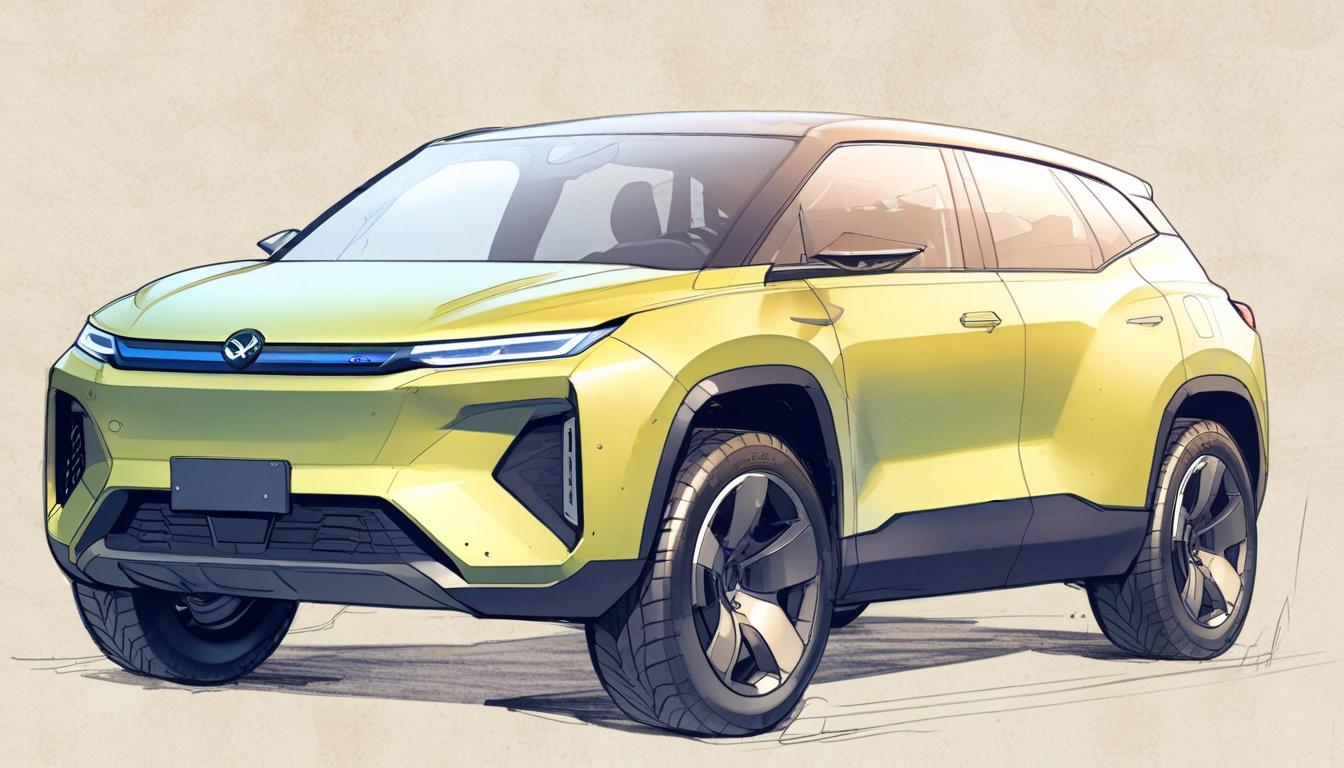Chinese Automakers Revive Range Extender Technology to Extend EV Driving Range
At the recent Auto Shanghai motor show, Chinese automakers such as BYD and Chery highlighted their latest extended-range electric vehicles (EREVs) featuring petrol generators, known as range extenders, which supplement battery power to significantly boost driving distance. BYD’s Yangwang U8 SUV and Chery’s Exeed ET both demonstrated capabilities surpassing 1,000 kilometers using this approach.
Range extenders function by powering the vehicle’s battery via a small internal combustion engine without directly driving the wheels. This design enables vehicles to operate in fully electric mode while possessing an additional petrol-powered generator that activates when battery levels drop, alleviating range anxiety associated with pure electric vehicles.
The expanding popularity of EREVs in China is notable. Last year, over one million such vehicles were sold in the Chinese market, accounting for approximately 6% of total new energy vehicle sales, according to consultancy McKinsey. This trend is also being watched globally. For example, Detroit-based Stellantis plans to introduce an EREV version of its Ram 1500 pickup truck in the United States, while German automaker Volkswagen showcased an EREV SUV at Auto Shanghai and is developing an EREV Scout pickup model.
Historically, range extenders are not a new invention but a re-emerging technology. Western manufacturers explored this concept over a decade ago. Volvo, for instance, was testing multiple range extender concepts as early as 2011, aiming to add up to 1,000 kilometers of range to its electric vehicles. Similarly, the Chevrolet Volt, launched around 2010-2011, was the first commercially available extended-range electric vehicle. Early iterations struggled with challenges such as cost and efficiency, prompting many manufacturers to prioritise pure battery electric vehicles. The current resurgence in China suggests a technological cycle where previously dormant approaches gain renewed relevance amid ongoing charging infrastructure challenges.
Divergent regulatory landscapes globally are influencing electric vehicle technology strategies. The rapid growth of EREVs in China contrasts with Europe’s stringent emissions regulations, which include a planned ban on new combustion engine vehicles by 2035. This regulatory trajectory discourages European manufacturers from investing heavily in EREV technology, as the limited remaining window dampens the return on such investments. Holger Klein, CEO of automotive supplier ZF, remarked, “Who would now invest into new capacities if you know that there’s a natural end to it in 2035?” The UK has also demonstrated policy tensions, having relaxed electric vehicle sales targets while maintaining a 2030 ban on new petrol and diesel cars.
In the United States, the absence of strict zero-emission mandates combined with consumer preferences makes it a potentially fertile market for EREVs. McKinsey’s research indicates that a significant portion of potential car buyers in both the US and Europe would consider an EREV after becoming familiar with the concept, reflecting broader consumer interest in solutions that bridge current battery limitations.
Battery technology continues to face a fundamental trade-off between driving range, cost, and charging convenience. For certain use cases—such as towing capacity where electric vehicles can face substantial range reductions—EREVs offer a practical alternative. Sebastien Jacquet of Stellantis explained that electric vehicle range may drop to roughly 100 kilometers when towing boats, underscoring one application where range extenders enhance vehicle capability.
Automotive manufacturers are positioning EREVs as pragmatic intermediates during the transition to full electrification. These vehicles aim to address consumer range anxiety and practical limitations while delivering predominantly electric operation with lower emissions relative to conventional internal combustion engines.
The Auto Shanghai exhibition highlighted not only ongoing innovation in electric mobility but also the varied regional approaches shaping the future of vehicle powertrains. As the industry navigates policy differentials and technological trade-offs, range extender technology appears poised to occupy a niche role within the evolving electric vehicle landscape.
Source: Noah Wire Services
